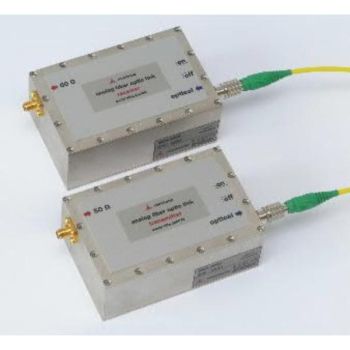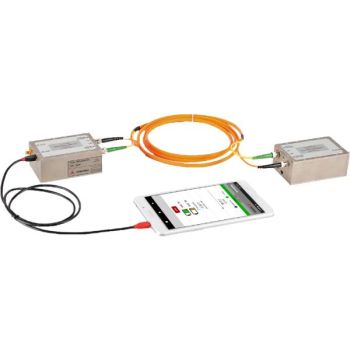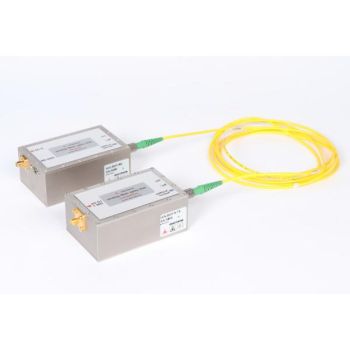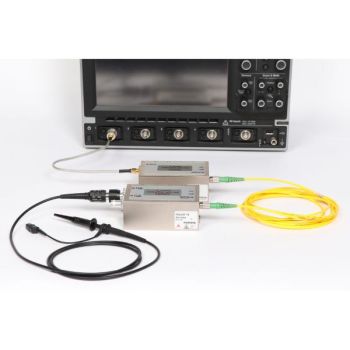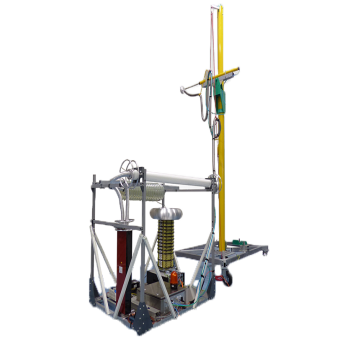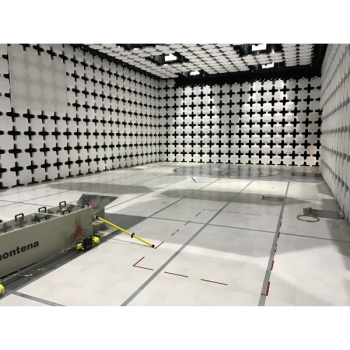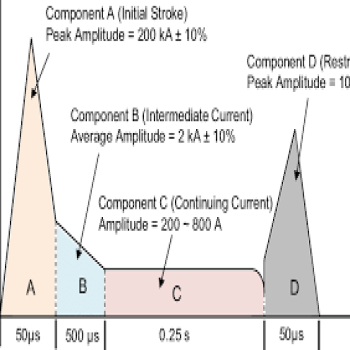
MIL-STD-464
OTHER PRODUCTS IN THE SAME STANDARD:
- 80Hz to 3.5GHz Bandwidth
- Pulse or CW analog signals
- Up to 1km Tx/Rx distance
- Battery Powered
- 80 Hz to 3.5 GHz Bandwidth
- Pulse or CW analog signals
- Up to 1 km Tx/Rx distance
- Battery Powered
- DC to 500 MHz Bandwidth
- Pulse or CW analog signals
- Up to 1km Tx/Rx distance
- Battery Powered
- DC to 25 MHz Bandwidth
- Pulse or CW analog signals
- Up to 1km Tx/Rx distance
- Battery Powered
PGESD 300K DP - Helicopter 300kV ESD Test System
- High Voltage Capability: Generates electrostatic discharges up to 300 kV with reversible polarity.
- Adjustable Electrode: Height adjustable from 1.5 to 6 meters and tilt up to ±60° for precise targeting.
- Standards Compliance: Meets MIL-STD-331, MIL-STD-464, NATO AECTP-250, AECTP-500, and more.
- Automated Operation: PC-based software for remote control, calibration, and test reporting.
- Enhanced Safety: Fiber optic interface ensures operator safety by isolating the control system from high-voltage equipment.
- Versatile Testing: Supports multiple discharge scenarios, including personnel-borne and helicopter-borne ESD tests.
- Durable Design: Built for demanding military and industrial testing environments.
NEMP-WM- RS105 Test System
- Compliance: Meets MIL-STD-461 RS105 standards for NEMP testing.
- High Precision: Generates a minimum electric field of 50 kV/m, with higher fields available for smaller devices.
- Portable Design: Easy to move frame and compact design for versatile placement options
- User-Friendly: Controlled via computer with RS232 and USB interfaces.
- Versatile Testing: Use an Existing Chamber and get the maximum size test volume. non-permanent install when needed
- Robust Specifications: Quick rise time of 2.3 ns and pulse length of 23 ns, ensuring accurate and reliable results.

